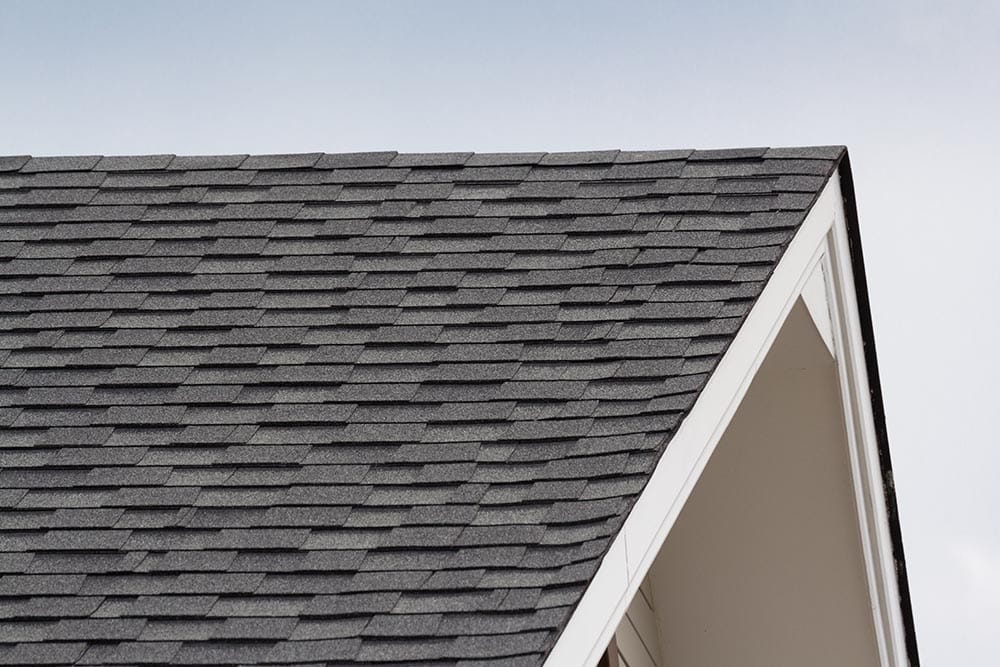Why is roofing necessary in architecture?
Roofing is a critical component of architecture for several essential causes: Protection from the Elements: One of the first functions of a roof is to offer shelter and safety from environmental components similar to rain, snow, wind, and extreme temperatures. It prevents water from coming into the building, which might trigger structural injury, mold development, and different points.  Structural Integrity: Roofs play a vital position in sustaining the structural integrity of a constructing. They distribute the burden of the roof and any hundreds (e.g., snow) evenly to the partitions and foundation. A well-designed and properly constructed roof ensures the stability and safety of the complete structure. Aesthetics and Design: Roofs are a visual and outstanding part of a building's exterior. Architects use roof design to reinforce the overall aesthetics of a construction. The shape, material, and style of the roof can contribute to the architectural character and enchantment of a constructing. Environmental Considerations: Sustainable structure places an emphasis on vitality efficiency and environmental accountability. Roofing supplies and design can impression a building's power performance. For instance, cool roofs can mirror extra sunlight and take in less heat, decreasing cooling costs and urban warmth island results. Natural Lighting and Ventilation: Roof design can incorporate options like skylights, dormers, and roof vents to supply pure lighting and ventilation within a building. This can improve indoor comfort and cut back the need for synthetic lighting and mechanical ventilation. Historical and Cultural Significance: In some architectural types, corresponding to Gothic or Victorian, the roof is usually a key element that displays the historical and cultural context of a constructing. Roof particulars and shapes can inform a story concerning the period by which a construction was constructed. Space Utilization: Roof design can create extra usable space inside a building, corresponding to attic rooms, rooftop gardens, or out of doors residing areas. Architects often consider tips on how to maximize space and functionality when designing roofs. Energy Efficiency: Energy-efficient roofing supplies and design can contribute to a constructing's total energy performance. Proper insulation and ventilation might help regulate indoor temperatures and scale back heating and cooling prices. Safety and Fire Resistance: Roofing supplies are chosen with security in thoughts. Some materials, like fire-resistant roofing, may help stop the unfold of fires in a constructing, providing priceless time for occupants to evacuate. In summary, roofing is a fundamental aspect of architecture that mixes useful and aesthetic issues. Roof Inspections protects the interior of a constructing from the elements but also contributes to the overall design, sustainability, and security of a structure. Architects rigorously think about roofing materials, shapes, and options to achieve their design targets whereas making certain the comfort and well-being of constructing occupants..
Structural Integrity: Roofs play a vital position in sustaining the structural integrity of a constructing. They distribute the burden of the roof and any hundreds (e.g., snow) evenly to the partitions and foundation. A well-designed and properly constructed roof ensures the stability and safety of the complete structure. Aesthetics and Design: Roofs are a visual and outstanding part of a building's exterior. Architects use roof design to reinforce the overall aesthetics of a construction. The shape, material, and style of the roof can contribute to the architectural character and enchantment of a constructing. Environmental Considerations: Sustainable structure places an emphasis on vitality efficiency and environmental accountability. Roofing supplies and design can impression a building's power performance. For instance, cool roofs can mirror extra sunlight and take in less heat, decreasing cooling costs and urban warmth island results. Natural Lighting and Ventilation: Roof design can incorporate options like skylights, dormers, and roof vents to supply pure lighting and ventilation within a building. This can improve indoor comfort and cut back the need for synthetic lighting and mechanical ventilation. Historical and Cultural Significance: In some architectural types, corresponding to Gothic or Victorian, the roof is usually a key element that displays the historical and cultural context of a constructing. Roof particulars and shapes can inform a story concerning the period by which a construction was constructed. Space Utilization: Roof design can create extra usable space inside a building, corresponding to attic rooms, rooftop gardens, or out of doors residing areas. Architects often consider tips on how to maximize space and functionality when designing roofs. Energy Efficiency: Energy-efficient roofing supplies and design can contribute to a constructing's total energy performance. Proper insulation and ventilation might help regulate indoor temperatures and scale back heating and cooling prices. Safety and Fire Resistance: Roofing supplies are chosen with security in thoughts. Some materials, like fire-resistant roofing, may help stop the unfold of fires in a constructing, providing priceless time for occupants to evacuate. In summary, roofing is a fundamental aspect of architecture that mixes useful and aesthetic issues. Roof Inspections protects the interior of a constructing from the elements but also contributes to the overall design, sustainability, and security of a structure. Architects rigorously think about roofing materials, shapes, and options to achieve their design targets whereas making certain the comfort and well-being of constructing occupants..